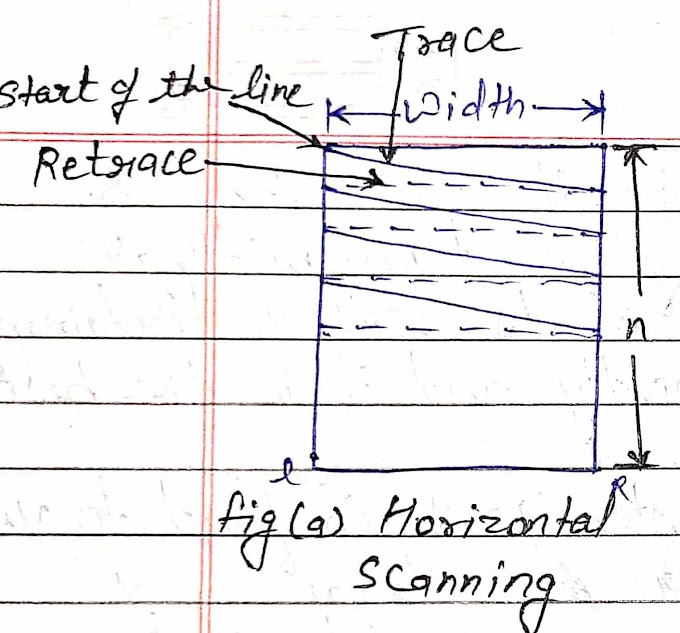Monostable multivibrator using transistor
 |
| Circuit diagram of Monostable multivibrator using transistor |
When the positive triggering pulse is applied in the base of transistor T1 and output is taken from the collector of transistor T2. In astable mode T1 is OFF and T2 is ON.So the output Q is low.
A positive triggering at the base of T1 makes it output cutoff into saturation, which results in the voltage drop at the collector which is transmitted to the base of transistor T2, making T2 to go OFF. Thus the output Q goes high, when a positive triggering arrives at C1. Now as the base of T2 is connected to R,capacitor C charges through R with a time constant T=RC. The base voltage of T2 reaches cutting voltage in time T. The transistor T2 turns ON while T1 is turned OFF. The monostable multivibrator goes back to the stable stands and wait for the other triggering.
 |
| Circuit diagram of Monostable multivibrator using op-amp |
At stable state of this circuit the output Vo is high. The voltage across R2 is βVo where, β=R2/R1+R2 , as diod D1 is conducting the capacitor C charges to voltage Vd (Diode voltage).
Triggering pulse applied which charges the capacitor Ci and the diode D2 is Reverse bias which increases the negative polarity of op amp as a result output is low.
Monostable multivibrator using logic gates
 |
| Circuit diagram of Monostable multivibrator using GATE |
Monostable multivibrator has two active pulse triggering. Normally Vt is high. It has output has high in stable state condition. So under this condition both the input of NAND Gate are high. When the triggering pulse is low the output is low.




0 Comments